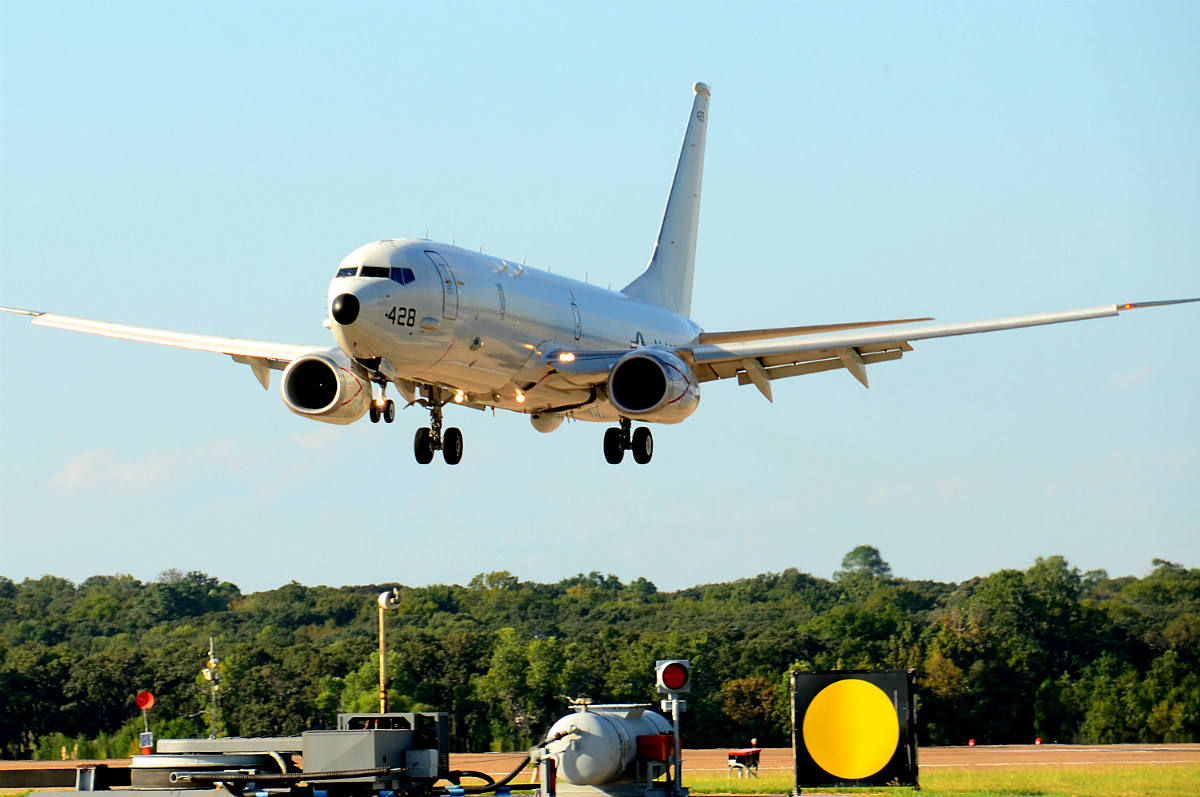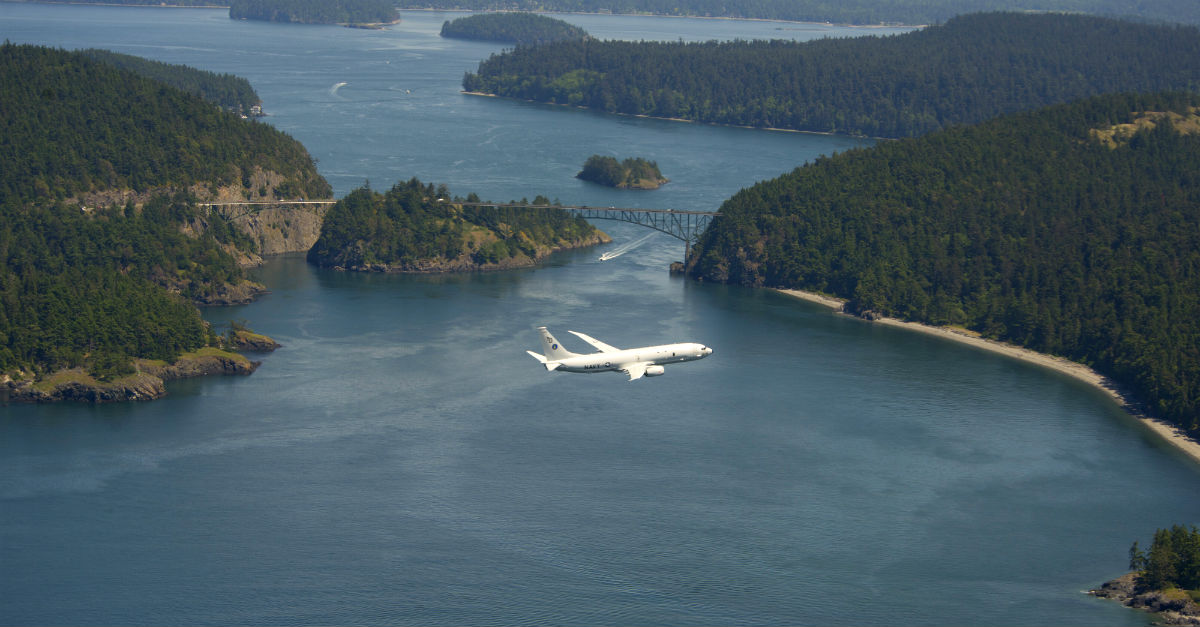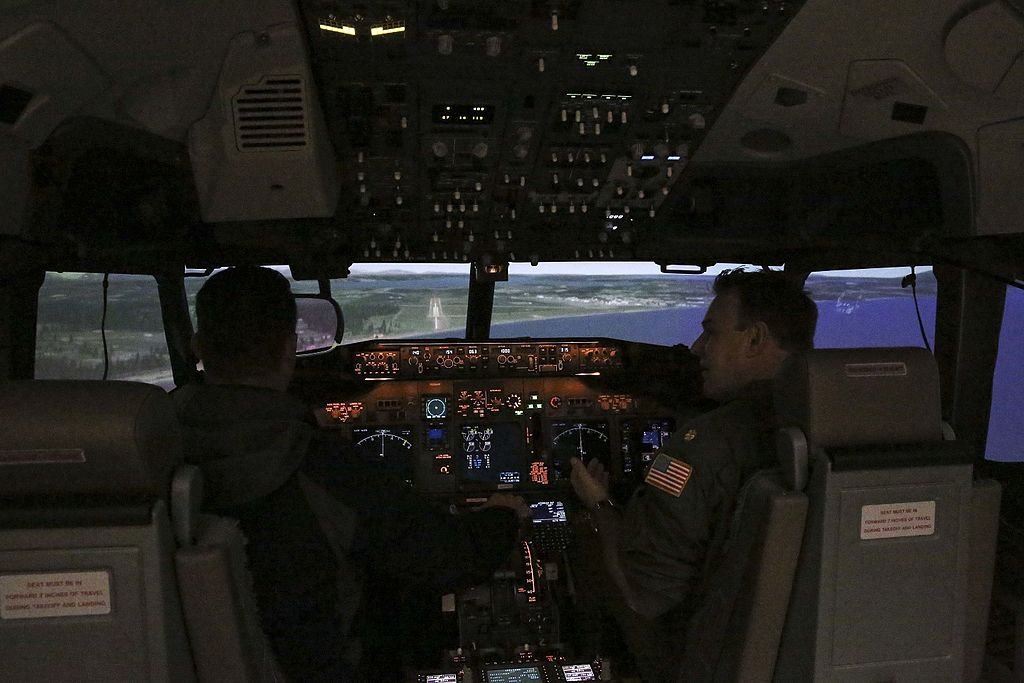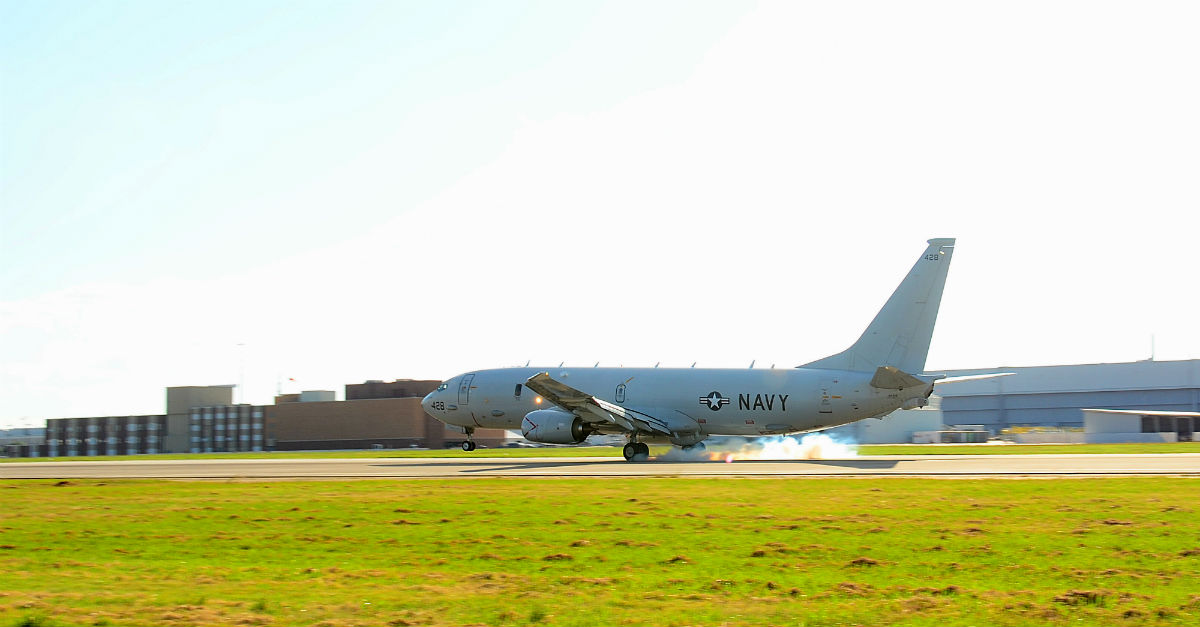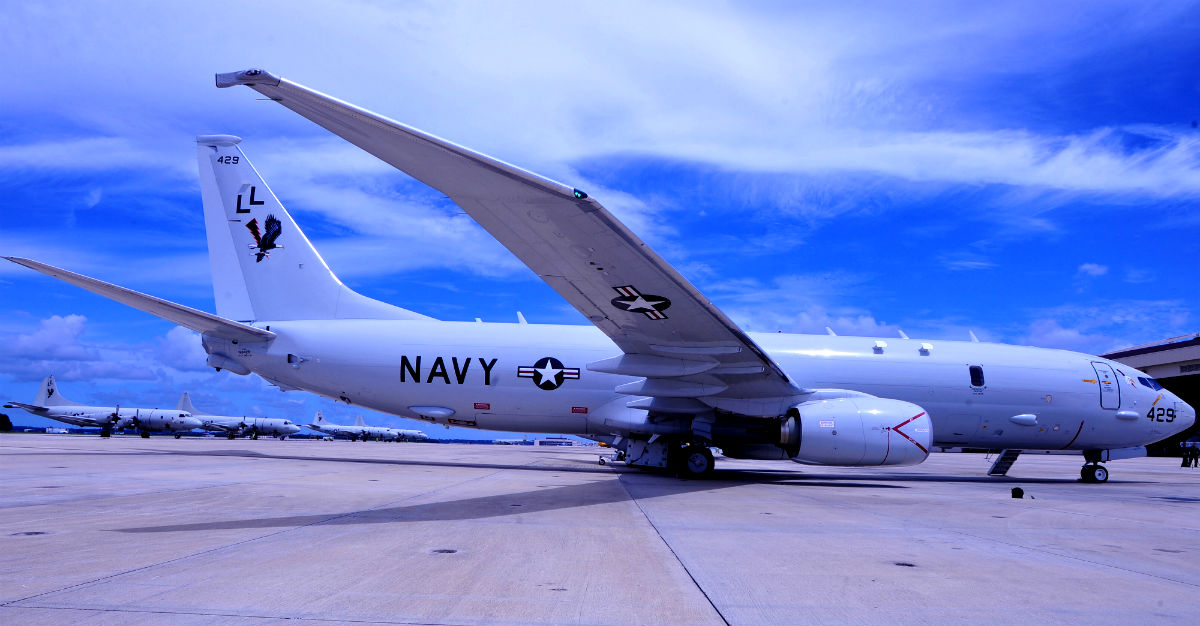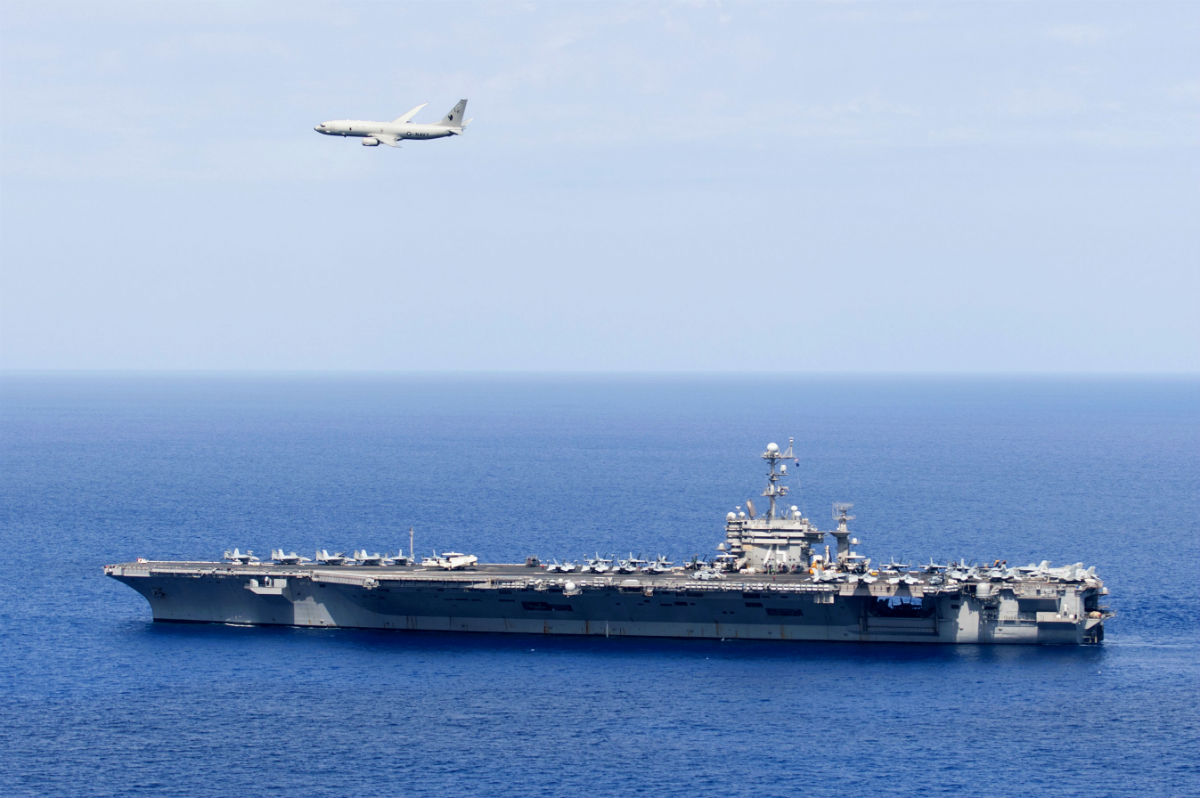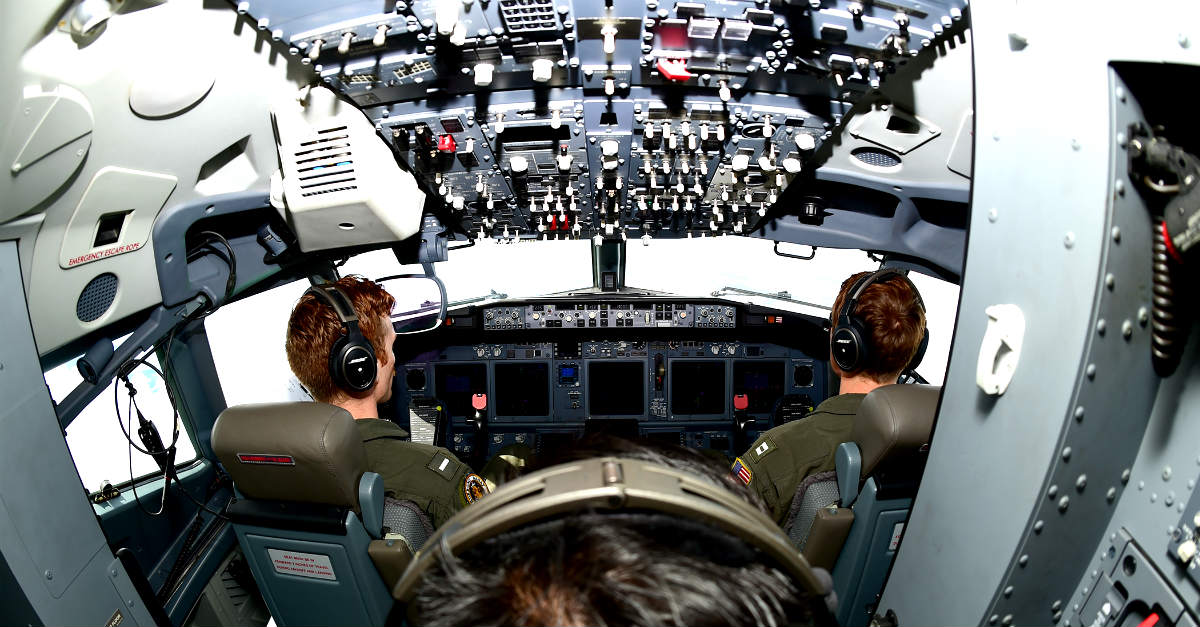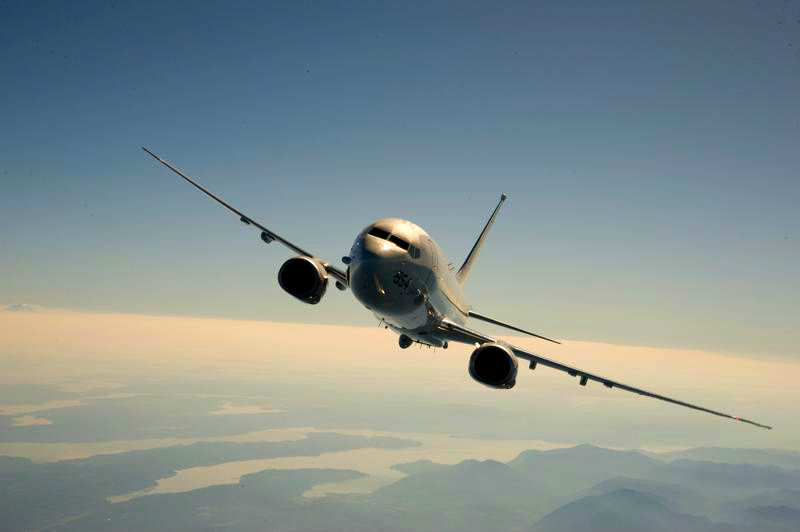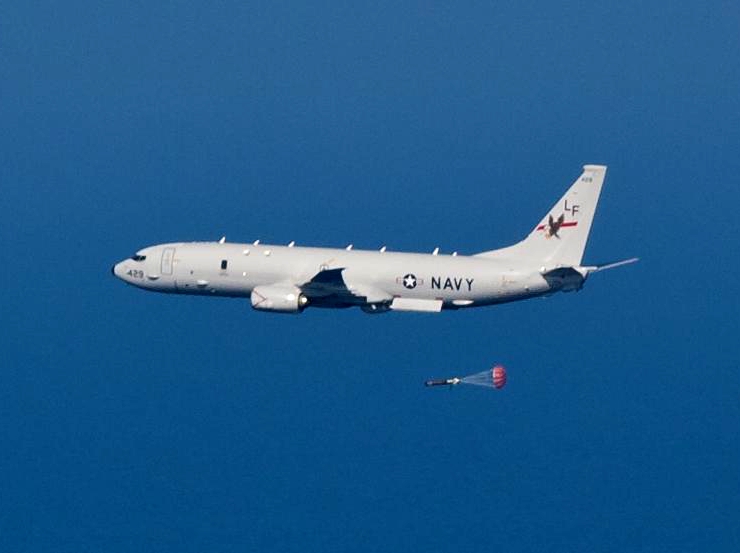The Boeing P-8 Poseidon is far deadlier than its unimposing “maritime patrol aircraft” designation would suggest. This next-generation warplane is the US Navy’s premier sub-hunter, surface ship killer and spy plane combined into one frame. The Poseidon is equipped with such sensitive radars and sensors that it’s able to scan for submarines underwater and even small vessels on the surface of the ocean, all while cruising at high altitude. A single new P-8 Poseidon can cover more than double the search area as its predecessor, the P-3 Orion.
Power And Weaponry:
This incredibly versatile aircraft blends the 1,200 nm range and 4 hour on-station endurance of a patrol craft with more firepower than an F/A-18 fighter/bomber. The P-8 Poseidon is also uniquely outfitted with the High Altitude Anti-Submarine Warfare Weapon Capability (HAAWC). This allows them to deploy a Mark 54 torpedo from up to 30,000 feet high. Which ensures that the first and last warning for the target is the splash from the torpedo hitting the water. With 11 large internal and external weapon stations, a P-8 can also employ almost every type of missile, bomb, torpedo and depth charge in the Navy’s inventory. Not to mention several tons of special-mission cargo, such as mines, sonar buoys and survival gear.
Intelligence Capabilities:
While only in service since 2013, Poseidon’s are rapidly becoming the Navy’s favorite and most cost-effective option for combating piracy. Especially in crowded littoral (shallow) waters. Still, the P-8 fleet has achieved the most success, and notoriety, by gathering electronic signals intelligence (ELINT) on foreign nations. With its classified ultra-modern sensors, Poseidon’s are the spy craft of choice to cruise off the coast of foreign nations, particularly China and North Korea, over international waters and monitor military frequencies for hundreds of miles inland.
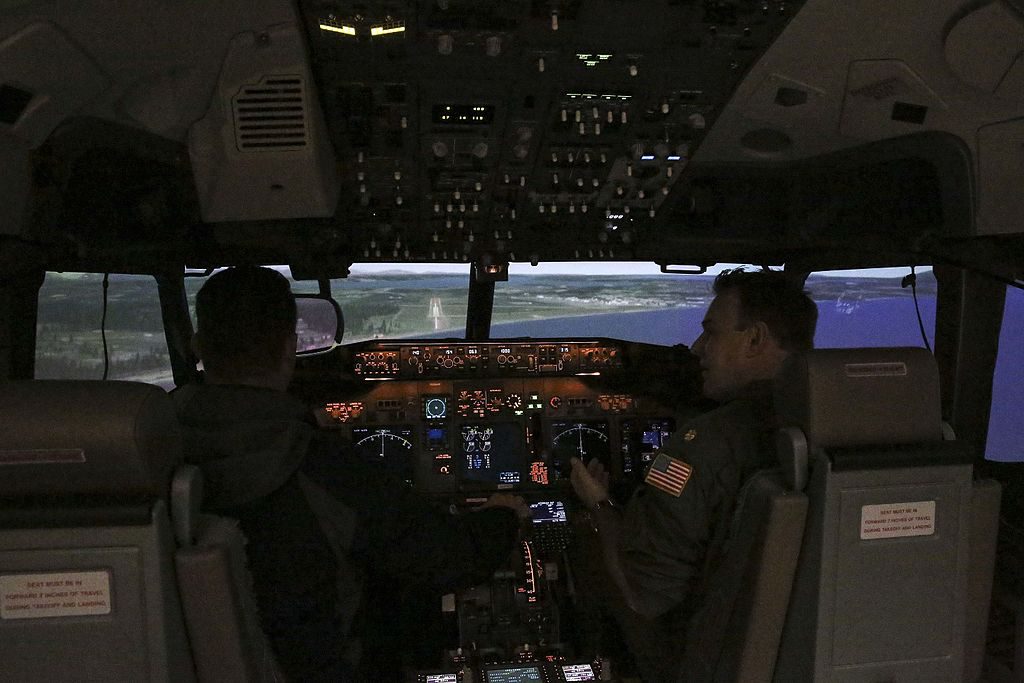
BAMS:
Most important of all, P-8’s form the backbone of the US Navy’s “Broad Area Maritime Surveillance” (BAMS) program. In this system, Poseidon’s serve as command & control nodes and quick reaction forces, around which a large network of MQ-4C Triton drones operate. When activated, BAMS can provide continuous and real-time intelligence, surveillance and reconnaissance (ISR) coverage over vast ocean and coastal regions, all without deploying a single ship.
Versatility:
Besides war-fighting and intelligence gathering, Poseidon’s are indispensable to peacetime search and rescue operations. While unable to pluck out survivors like a helicopter, a P-8 can rapidly search hundreds of square miles and identify targets as small as a life ring. They’re then able to deploy life rafts and other survival equipment with pinpoint accuracy to extend survival until rescue is possible.
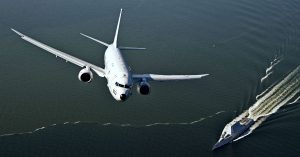
Perhaps surprisingly, P-8’s are also a crucial component of close-in security. Especially when high-value assets, such as carriers or transports, are traversing high-traffic and high-threat areas. In this role, Poseidon’s are armed with Maverick laser-guided missiles. They’re routinely deployed above foreign ports and especially around the Gulf of Aden and throughout the Persian Gulf. Their ability to swiftly identify a single small vessel deviating from routine traffic patterns, accurately assess the target as a threat and then engage with measured, surgical force is yet another invaluable trait of this game-changing aircraft.
See Boeing P-8 Poseidon Specifications
| Crew: Flight: 2; Mission: 7 |
| Length: 129 ft 5 in (39.47 m) |
| Wingspan: 123 ft 6 in (37.64 m) |
| Height: 42 ft 1 in (12.83 m) |
| Empty Weight: 138,300 lb (62,730 kg) |
| Useful Load: 19,800+ lb (9,000+ kg) |
| Max. Takeoff Weight: 189,200 lb (85,820 kg) |
| Powerplant: 2 × CFM56-7B turbofan, 27,000 lbf (120 kN) each |
| Maximum Speed: 490 knots (907 km/h, 564 mph) |
| Cruise Speed: 440 kn (815 km/h, 509 mph) |
| Combat Radius: 1,200 nmi (2,222 km) ; 4 hours on station (for anti-submarine warfare mission) |
| Ferry Range: 4,500 nautical miles (8,300 km) |
| Service Ceiling: 41,000 ft (12,496 m) |
| Armament: 5 internal and 6 external stations for AGM-84H/K SLAM-ER, AGM-84 Harpoon, Mark 54 torpedo, missiles, mines, torpedoes, bombs, and a High Altitude Anti-Submarine Warfare Weapon system |
